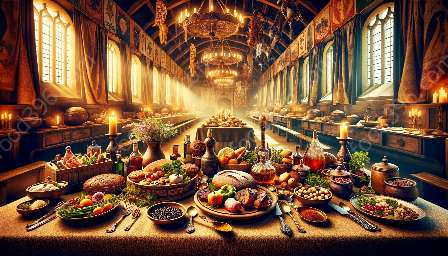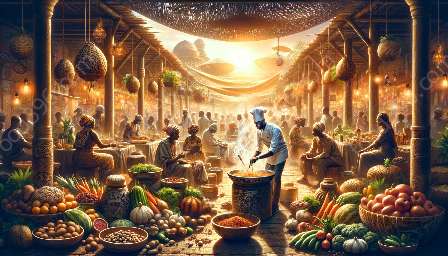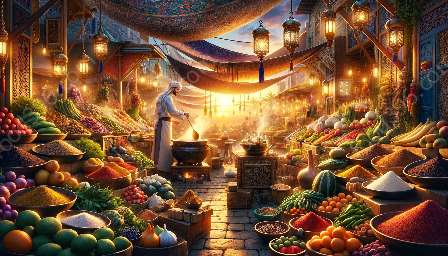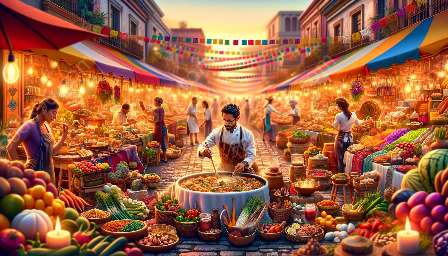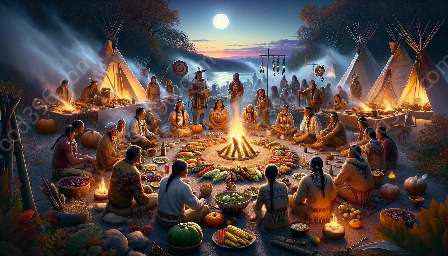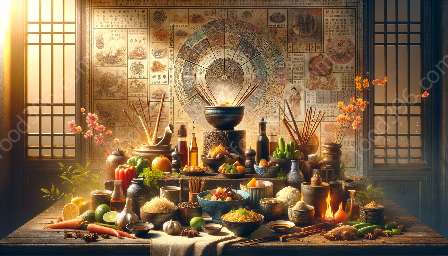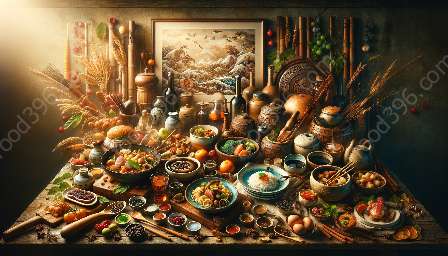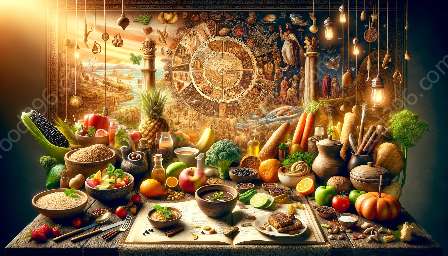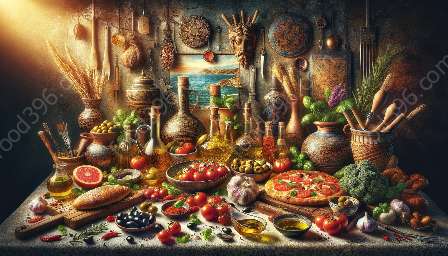Latin American cuisine has a rich and diverse history that reflects the region's cultural and culinary heritage. Influenced by indigenous, African, European, and Asian flavors and traditions, it has evolved into a vibrant tapestry of tastes and culinary innovations. To truly understand Latin American cuisine, it's essential to explore its historical roots, the impact of colonization, the fusion of different culinary traditions, and the unique ingredients and cooking techniques that have shaped this flavorful and diverse culinary landscape.
Indigenous Roots
Latin American cuisine has deep connections to ancient indigenous cultures, such as the Aztecs, Mayans, and Incas. These civilizations cultivated a wide variety of crops, including corn, potatoes, tomatoes, chili peppers, and cocoa. Maize, in particular, was a staple ingredient that formed the foundation of many traditional dishes, such as tortillas, tamales, and pozole. Indigenous cooking methods, such as the use of stone griddles (comales) and grinding stones (metates), also continue to influence Latin American cuisine.
Colonial Influences
The arrival of the Spanish and Portuguese colonizers in the 15th and 16th centuries had a profound impact on Latin American cuisine. The introduction of livestock, wheat, rice, and various fruits and vegetables from Europe significantly transformed the culinary landscape. Furthermore, African slaves brought by the colonizers contributed to the fusion of African and indigenous culinary traditions, leading to the development of dishes like feijoada in Brazil and sancocho in the Caribbean.
Global Fusion
Latin American cuisine is also the result of global fusion, influenced by culinary traditions from around the world. The arrival of Chinese and Japanese immigrants in countries like Peru and Brazil contributed to the incorporation of Asian ingredients and cooking techniques. Additionally, the African diaspora brought flavors like plantains, yams, and okra to the Latin American kitchen. The exchange of goods and culinary knowledge during the colonial era further enriched the region's food culture with ingredients such as vanilla, coffee, and various spices.
Modern Evolution
Contemporary Latin American cuisine continues to evolve as chefs and home cooks innovate with traditional ingredients and techniques, creating new fusions and reinterpretations of classic dishes. This culinary renaissance is also driven by a renewed interest in indigenous ingredients, sustainable food practices, and the preservation of culinary heritage. From the ceviche of Peru to the moqueca of Brazil, Latin American cuisine delights food enthusiasts with its delightful flavors and cultural significance.
